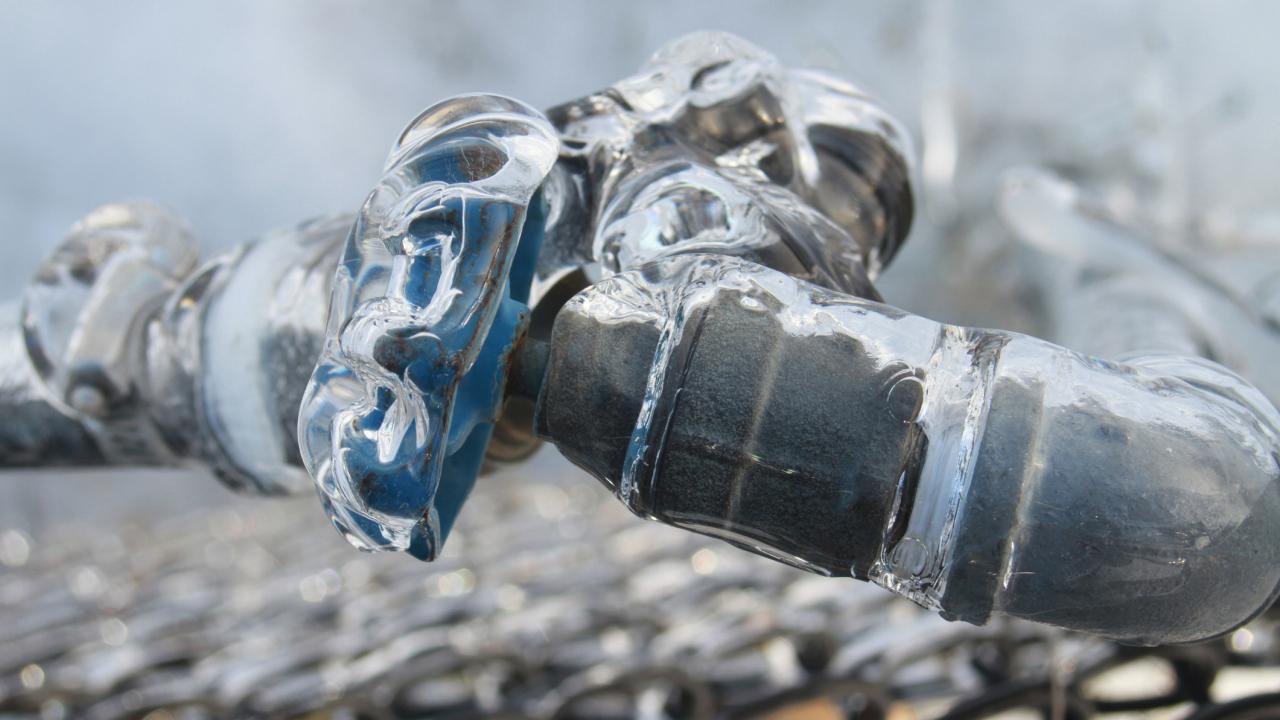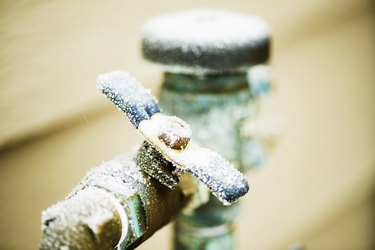Avoiding Frozen Plumbing: Effective Tips for Winter
Avoiding Frozen Plumbing: Effective Tips for Winter
Blog Article
Presented here below you can get a good deal of extremely good material when it comes to Helpful Tips to Prevent Frozen Pipes this Winter.

Winter can ruin your pipes, specifically by freezing pipelines. Here's how to avoid it from occurring and what to do if it does.
Intro
As temperature levels drop, the risk of frozen pipes increases, potentially resulting in costly repair work and water damages. Understanding exactly how to prevent frozen pipes is vital for homeowners in chilly climates.
Avoidance Tips
Protecting prone pipes
Wrap pipelines in insulation sleeves or utilize warmth tape to shield them from freezing temperature levels. Focus on pipes in unheated or outside locations of the home.
Home heating strategies
Keep interior rooms effectively warmed, specifically locations with pipes. Open up cabinet doors to allow cozy air to flow around pipes under sinks.
How to recognize icy pipes
Try to find reduced water flow from taps, uncommon odors or noises from pipes, and visible frost on subjected pipes.
Long-Term Solutions
Architectural changes
Take into consideration rerouting pipelines away from exterior wall surfaces or unheated areas. Add extra insulation to attic rooms, basements, and crawl spaces.
Upgrading insulation
Purchase top notch insulation for pipelines, attics, and walls. Appropriate insulation helps maintain regular temperature levels and lowers the danger of frozen pipelines.
Protecting Outside Pipes
Yard hose pipes and exterior taps
Detach and drain pipes yard hoses prior to winter season. Install frost-proof faucets or cover exterior taps with shielded caps.
Recognizing Frozen Pipelines
What triggers pipes to ice up?
Pipes ice up when revealed to temperatures listed below 32 ° F (0 ° C) for extended periods. As water inside the pipes ices up, it expands, taxing the pipe wall surfaces and possibly triggering them to break.
Threats and problems
Icy pipelines can cause supply of water interruptions, home damages, and costly repair work. Ruptured pipes can flooding homes and cause considerable architectural damages.
Signs of Frozen Pipeline
Identifying frozen pipes early can avoid them from breaking.
What to Do If Your Pipes Freeze
Immediate activities to take
If you believe icy pipes, keep faucets open up to eliminate stress as the ice thaws. Use a hairdryer or towels taken in hot water to thaw pipes gradually.
Final thought
Preventing frozen pipes needs aggressive actions and fast actions. By recognizing the causes, indications, and safety nets, house owners can safeguard their plumbing throughout winter.
5 Ways to Prevent Frozen Pipes
Drain Outdoor Faucets and Disconnect Hoses
First, close the shut-off valve that controls the flow of water in the pipe to your outdoor faucet. Then, head outside to disconnect and drain your hose and open the outdoor faucet to allow the water to completely drain out of the line. Turn off the faucet when done. Finally, head back to the shut-off valve and drain the remaining water inside the pipe into a bucket or container. Additionally, if you have a home irrigation system, you should consider hiring an expert to clear the system of water each year.
Insulate Pipes
One of the best and most cost-effective methods for preventing frozen water pipes is to wrap your pipes with insulation. This is especially important for areas in your home that aren’t exposed to heat, such as an attic. We suggest using foam sleeves, which can typically be found at your local hardware store.
Keep Heat Running at 65
Your pipes are located inside your walls, and the temperature there is much colder than the rest of the house. To prevent your pipes from freezing, The Insurance Information Institute suggests that you keep your home heated to at least 65 degrees, even when traveling. You may want to invest in smart devices that can keep an eye on the temperature in your home while you’re away.
Leave Water Dripping
Moving water — even a small trickle — can prevent ice from forming inside your pipes. When freezing temps are imminent, start a drip of water from all faucets that serve exposed pipes. Leaving a few faucets running will also help relieve pressure inside the pipes and help prevent a rupture if the water inside freezes.
Open Cupboard Doors
Warm your kitchen and bathroom pipes by opening cupboards and vanities. You should also leave your interior doors ajar to help warm air circulate evenly throughout your home.

I found that blog entry about Helpful Tips to Prevent Frozen Pipes this Winter when looking around the search engines. Sharing is good. You won't know, you could be doing someone a favor. We take joy in reading our article about Preventing and dealing with frozen pipes.
Schedule Now Report this page